Relevant Worship: The Story of Your Life
By T. R. Halvorson
NOTE: This article may be downloaded as a PDF Document
In the worship wars, one of the alleged reasons for abandoning the historic liturgy is to make worship relevant. We want application of the Gospel in ways that connect with people.
Dear friends, the historic liturgy is like a many-layered cake, and one of the layers is the story of your life. The story of your life is relevant to you, and the liturgy tells your story.

Caution: in this article we will look at only one layer of the cake. This is by no means a complete view of the liturgy. Not even close. Nor is this layer necessarily the most important one. But it is one of the layers, and it has importance. The nature of this layer completely explodes the claim that the liturgy is not relevant.
What is the story of your life?
You were conceived as a sinner. You inherited a sin nature from Adam. Original sin is real sin. Original sin is condemning sin. Original sin all by itself would, if not forgiven, condemn you to hell.
You were born and ever since you have been sinning in actual thought, word, and deed, and by what you leave undone. These actual sins also are real sin. They are condemning sin. All by themselves they would, if not forgiven, condemn you to hell.
But then you were baptized. In Holy Baptism, you were buried with Christ and raised with him. Your sin was forgiven. This washing of regeneration cleansed you from all original and actual sin. You were born again to new life and adopted as a beloved child of the Father.
You came under the ministry of the Word of God, his Law and Gospel. You heard the Word in readings, preaching, teaching, and the Catechism. You heard it in musical sermons we call hymns. You learned that in Baptism, the Holy Spirit, by means of the Word and water, granted you the gift of repentance, which is contrition and faith. You learned that your life—your whole life—is a baptismal life of repentance. You learned that life consists in this, returning every day to your Baptism with contrition for sin and faith in the Gospel for forgiveness, life, and salvation.
When you had been instructed sufficiently in the Word that you were able to “discern the Lord’s body” (1 Corinthians 11:29) and “proclaim the Lord’s death” (1 Corinthians 11:26) by eating the bread and drinking the cup, you were admitted to the Sacrament of the Altar. Since then you have been communing with Christ, the congregation, and the whole Christian church.
While you could not, by your own reason or strength, believe in Jesus Christ, your Lord, or come to Him, the Holy Spirit called you by the Gospel, enlightened you with His gifts, sanctified and kept you in the true faith. In the Christian church He daily and richly forgives all your sins and the sins of all believers. On the Last Day He will raise you and all the dead, and give eternal life to you and all believers in Christ.
Recapping, and hitting only the mountain peaks, the story of your life is:
- Baptism
- Word
- Sacrament of the Altar
That story, the story of your life, is re-enacted in the Divine Service.[1] Just as the story of your life has three mountain peaks, the Divine Service has three mountain peaks:
- Confession and Absolution
- Service of the Word
- Service of the Sacrament
What are these? These are the same three mountain peak of your life, in the same order as the story of your life. They are Baptism, the Word, and the Sacrament, in that order, the way you lived it.
How is this so?
Look at the service. The first part is Confession and Absolution. What is going on here? The first words of the service are, “In the Name of the Father, and of the Son, and of the Holy Spirit.” What words are these? These are the words of Baptism. Jesus said, “Baptizing them into the Name of the Father and the Son and the Holy Spirit.” (Matthew 28:19)
One of the most outstanding revelations of the Trinity—the Father, Son, and Holy Spirit named in this invocation—is the Baptism of Christ.
When He had been baptized, Jesus came up immediately from the water; and behold, the heavens were opened to Him, and He saw the Spirit of God descending like a dove and alighting upon Him. And suddenly a voice came from heaven, saying, “This is My beloved Son, in whom I am well pleased.” (Matthew 3:16-17)
The first words of the service call to mind the Baptism of Jesus and your Baptism. Immediately, you and Jesus are connected in the service, by sharing the same Baptism, the Baptism for the remission of sin. The service starts where your new regenerated life started.
The rest of the Confession and Absolution enacts the baptismal life of repentance. It expresses contrition and faith. It confesses sin, the iniquity of sin, sorrow for sin, and pleads for help to the Maker of heaven and earth. Who else? Who else could help? Someone less than the Maker of heaven and earth would be no use. Our help is in the Name of the Lord. What Name is that? Your baptismal Name, the Name of the Father, the Son, and the Holy Spirit. This is personal. This saving Name is the Name into which you were baptized, which is personal to you. Regain again your assurance that God takes you personally, in that He gave you his Name, and with his Name forgiveness, life, and salvation, through the blood of Jesus.
What?! Was there something more relevant than your sin? Was there a need felt more keenly than the need for the abiding power of forgiveness that God in his gift of Baptism gave you? Perhaps you did feel some other need more keenly, because what we feel as needs often are not our true needs, and should not become the story of our lives. The service calls us to our senses, to remember our Baptism, where our true need was met and still is being met. The words of the Absolution simply continue the story of your baptized life. Dear friend, dear sinner, be assured, God for Jesus’ sake still forgives you today, and this is the story of your life. He instituted the Office of the Keys and the Office of Public Ministry to give you by these external means—means outside your own deceptive heart and imagination, means upon which you can safely and confidently rely—the renewed assurance that you are justified in his sight.
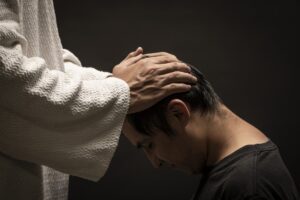
The devil may say what he will. Your conscience may say what it will. The Law may say what it will. The Pastor says, “I forgive you all your sins in the Name of the Father, and of the Son, and of the Holy Spirit.” These are the words of your Baptism and of your Absolution. This is the re-enactment of the beginning of your new life.
The next major part of the service is the Service of the Word. What is happening here? The same thing that happened in your life following your Baptism. You came under the instruction of the Word. First you were forgiven in Baptism, and after that you were taught. You had forgiveness before you knew anything about it, but then it was explained to you. The Service of the Word re-enacts this and continues it.
In the Service of the Word, you sing the songs of the baptized. You sing to the Father, the Son, and the Holy Spirit in the Gloria Patri. You can sing to the Trinity because you are baptized in the Name of the Trinity, so you can give glory to his Name. You have fresh reason to give glory to his Name, because you have just re-enacted your Baptism in the Confession and Absolution. You are freshly reassured of the forgiveness of sins.
You never stop living the baptized life, so the service never stops enacting the life of the baptized. After singing the Gloria Patri, you don’t shelve and forget Baptism and repentance. The service continues with the Kyrie, “Lord have mercy upon us.” This song continues to sing contrition, and it also sings faith. You are both asking for mercy and believing you have mercy. To make this plain, Gloria in Excelsis expressly confesses faith.
You hear the readings of the Word. You confess the catholic faith in the words of the Nicene Creed, the Apostles Creed, or the Athanasian Creed. In faith, you are able to pray, confident that you are heard. You pray the Lord’s Prayer. You hear the preached Word of God in the sermon through the Office of Public Ministry. You receive this ministry as a gift of Christ. “He himself gave some to be … pastor-teachers.” (Ephesians 4:11).
Having received the ministry of the Word in the service as you did in your life, in your preparation to be admitted to the Sacrament of the Altar, you again are united with the congregation, the communion of saints, in its confession of the faith, its proclamation the death of Christ by eating and drinking, and its discernment of the Real Presence of the body and blood of Christ with the bread and wine. So, as that preparation led to your participation in the Sacrament, the Service of the Word leads to the Service of the Sacrament, as the narrative of your life.
You hear the words, “This is the true body of our Lord and Savior Jesus Christ given into death for your sins.” You hear the words, “This is the true blood of our Lord and Savior Jesus Christ shed for the forgiveness of your sins.” That’s you. Those are your sins. That is the body of Christ given for you. That is the blood of Christ shed for you. Should there have been something more relevant to you than this? Let’s wake up!
20. But what should you do if you are not aware of this need and have no hunger and thirst for the Sacrament?
To such a person no better advice can be given than this: first, he should touch his body to see if he still has flesh and blood. Then he should believe what the Scriptures say of it in Galatians 5 and Romans 7. Second, he should look around to see whether he is still in the world, and remember that there will be no lack of sin and trouble, as the Scriptures say in John 15–16 and in 1 John 2 and 5. (Martin Luther, Christian Questions with Their Answers, Small Catechism.)
In other words, pinch yourself and come to your senses. You are in the world. You have flesh and blood. Hello! You need the Sacrament. This is relevant. It’s your true need. Let it be the story of your life.
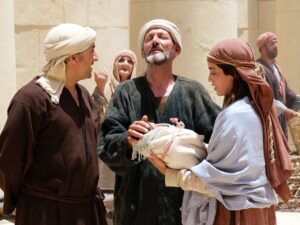
This is worship, to receive from Christ his chosen gifts to you. You sing the Nunc Dimittis, the Song of Simeon, because like him, your eyes have seen. Simeon saw the body of the promised Savior, and your eyes are “discerning the body” of Christ with the bread of the Sacrament. As you see that bread coming your way in the service, your eyes see salvation coming to you as truly as Simeon’s eyes did. The story of your life is like the story of Simeon’s life, who was then ready to depart, because he could depart in peace, his eyes having seen salvation. Dear friend, this is not simply a dismissal from the service, but an enactment of the story of your life, that you can be ready to depart this life, in full assurance of faith, because you have Baptism (Confession and Absolution), the Word, and the Sacrament.
[1] We will use the Divine Service, Setting Three, Lutheran Service Book, pp. 184-202, here. This setting traces its roots back through Lutheran Worship (1982) and The Lutheran Hymnal (1941) to the Common Service of 1888. This was a joint project of most Lutherans in America to produce a liturgy in English “by the common consent of the pure Lutheran liturgies of the sixteenth century.” (Luther Reed, “The Common Service in the Life of the Church,” The Lutheran Quarterly 12 (1939): 9–10.) This service rose “above the provincialism and nationalism that characterized developments in Europe. It provided a liturgy…of universal scope and influence…more representative of Lutheranism in its best estate than any other order of service that could be named.” (Luther D. Reed, The Lutheran Liturgy, (Philadelphia: Muhlenberg Press, 1947), pp.194–195.)
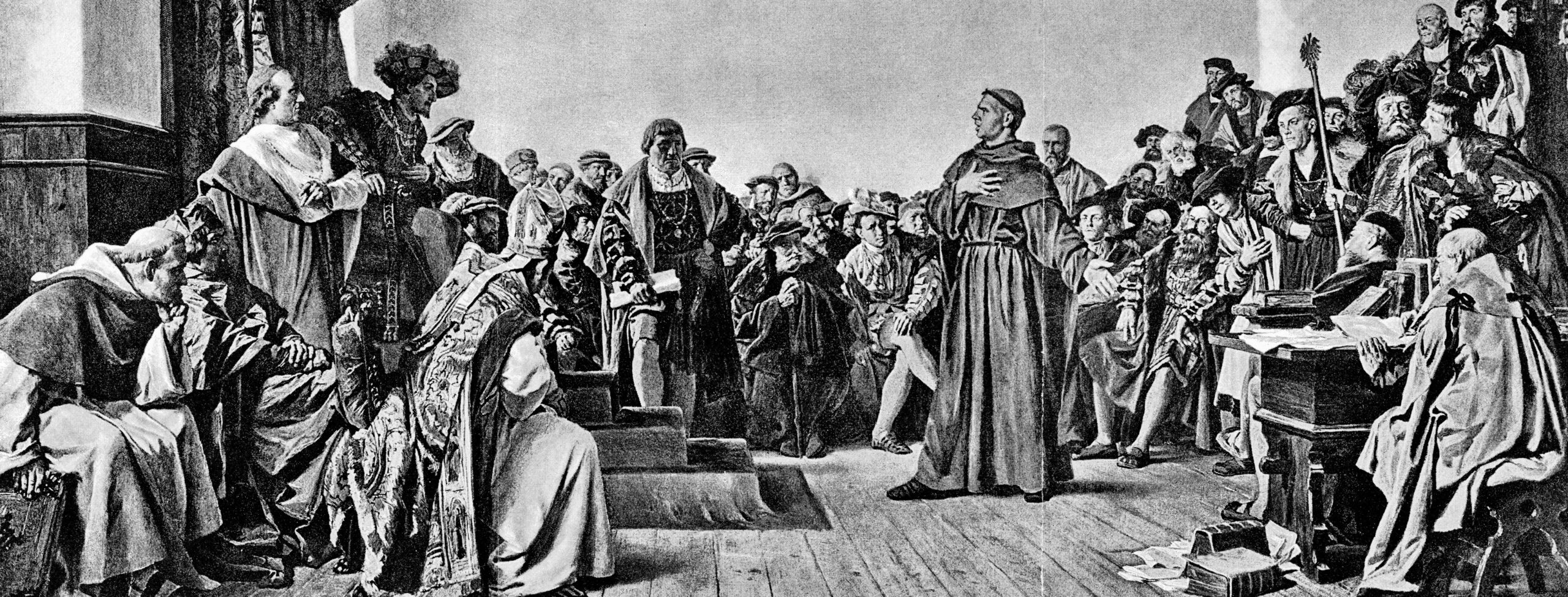
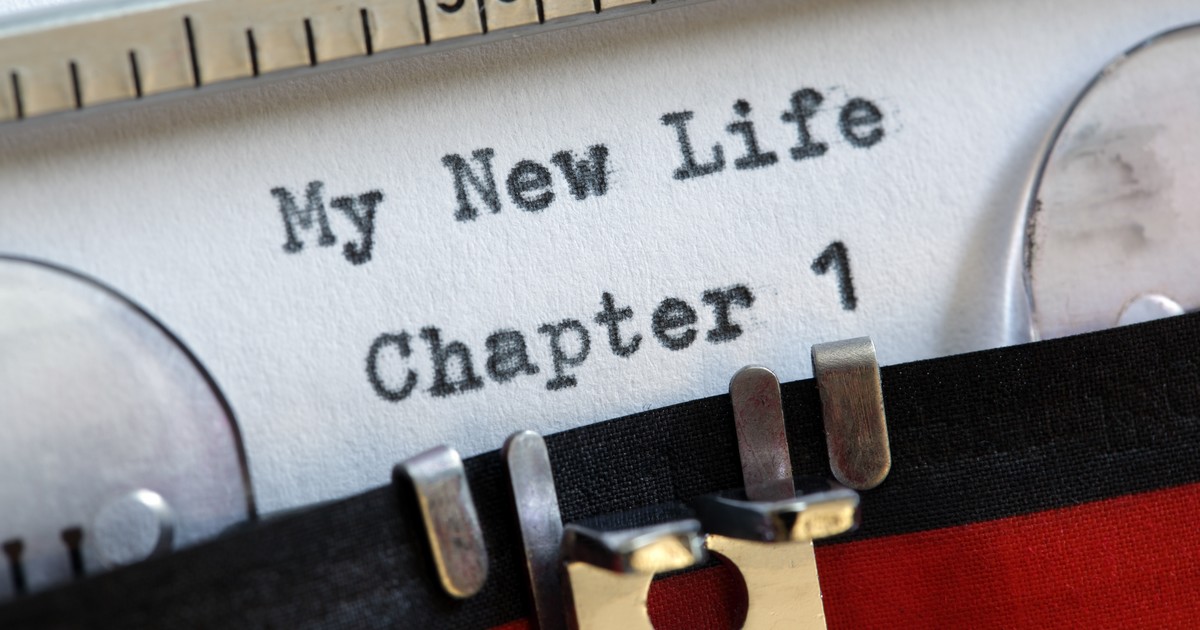


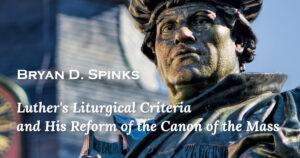
Wow TR that really makes since! Thanks for taking time to explain such wonderful mind boggling things. Now I have a better understanding of the order of the service and can appreciate it more online!